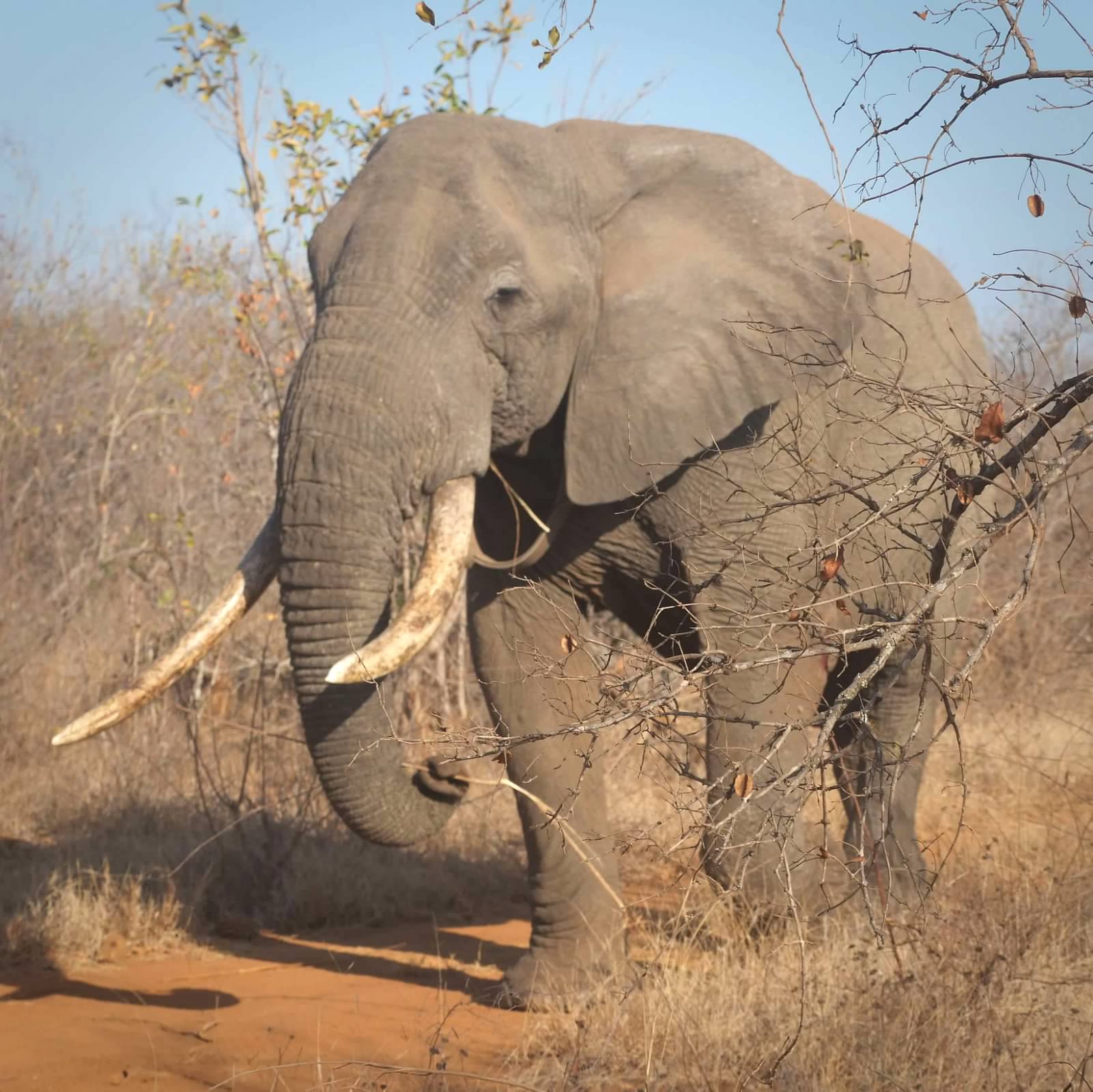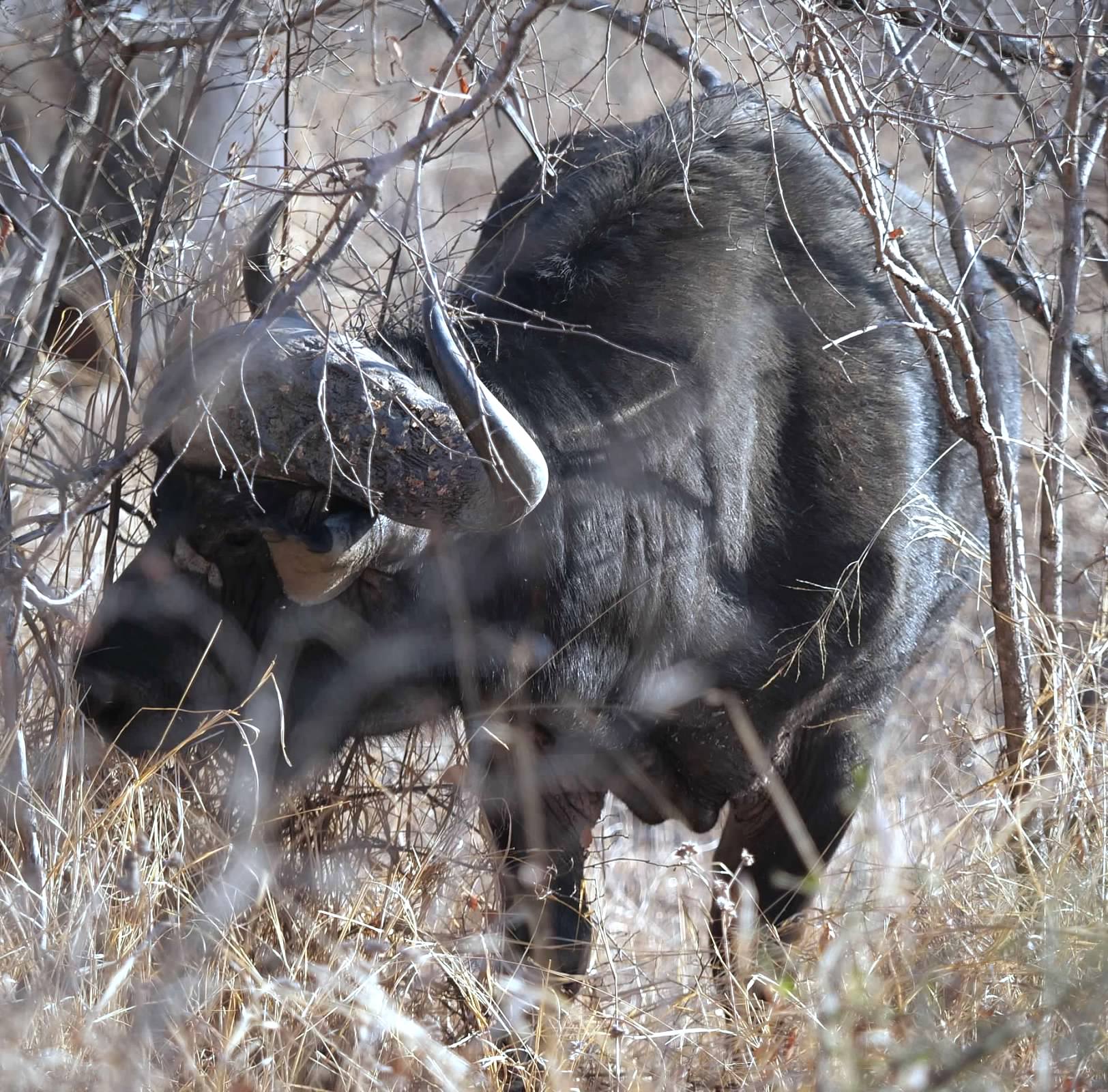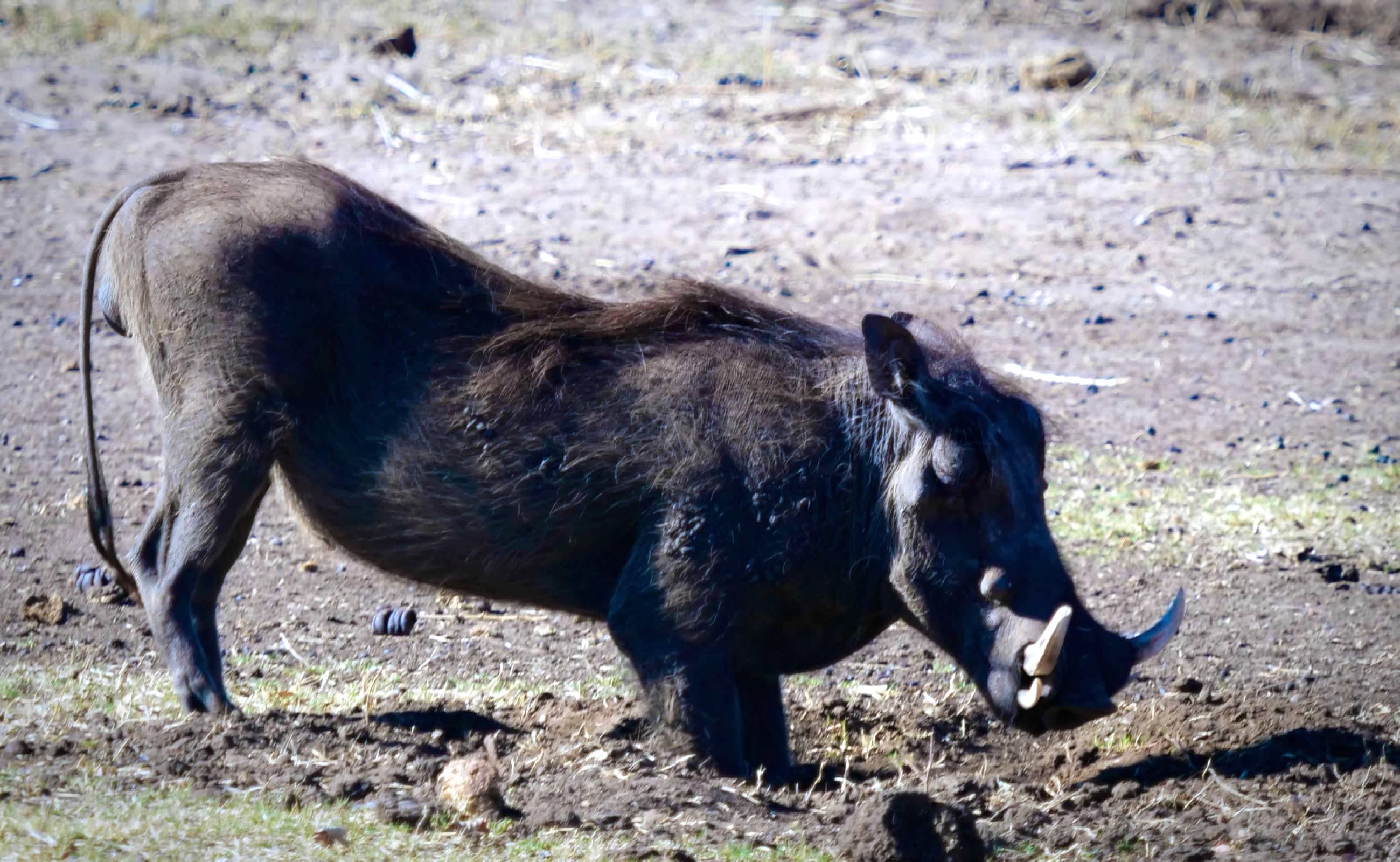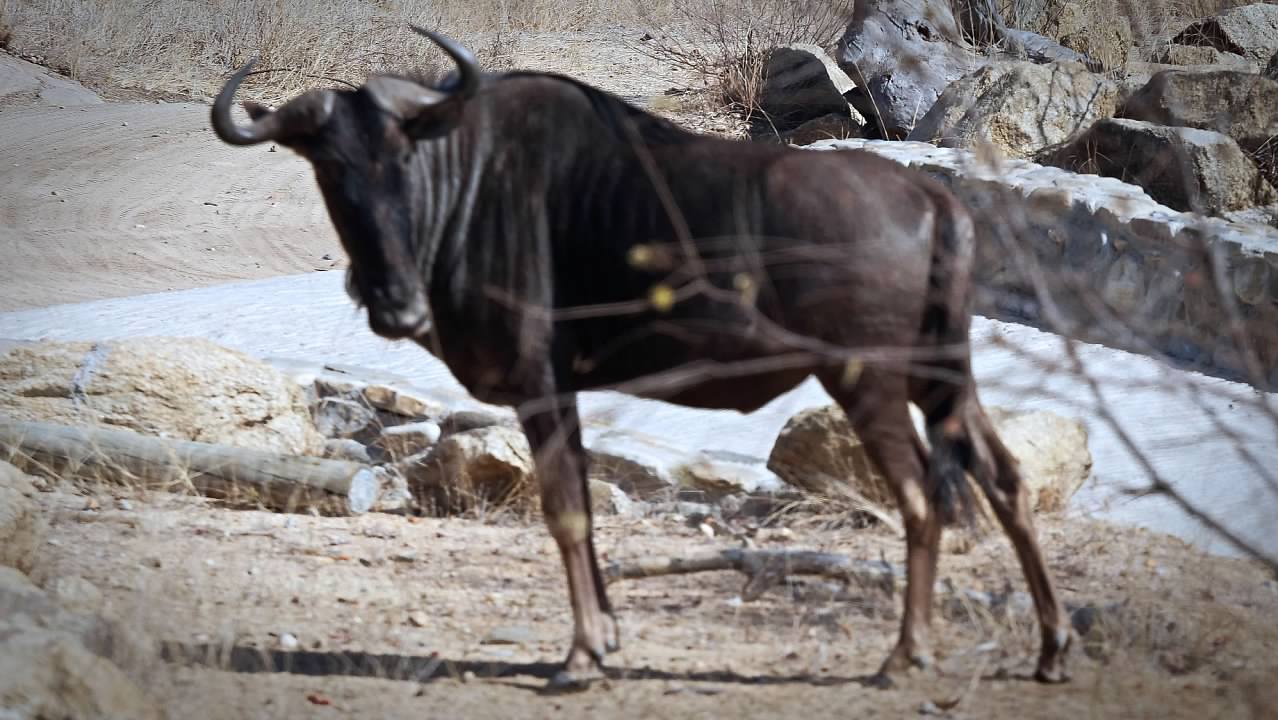Everyone on an African safari trip will talk about the "Big Five", which are the Lion, Leopard, Elephant, Cape Buffalo, and Rhinoceros. The name "Big Five" was coined by big game trophy hunters to categorize the animals they considered the most difficult to hunt on foot. The list has become iconic and sighting these animals has become the goal of most safari tourists.


We were exceedingly lucky...we saw four of the five in the first two game drives of the trip, less than 24 hours after arriving in the bush. We saw buffalo and rhinos on the first ride the evening we arrived, and saw lions and elephants the next morning. Leopards would remain elusive for a week or so, until we reached Kafue National Park, but once we saw our first, we would see several more over the remainder of the trip. But it was the rhinos that would be the most remarkable. We saw another group of six rhinos the second evening, but this would be the last rhinos we would see on the trip. These magnificent animals are severely endangered and are being poached at an alarming pace. Most of the national parks in the region have confined their rhino populations to IPZs (Intensive Protection Zones), where they are surrounded by electrified fences and protected by armed guards. But this means that visitors to these parks cannot see them. The only way to see rhinos is to visit a private game reserve that has a population. These reserves are responsible for protecting their animals, but rely on tourist income, so they try to balance tourist access with anti-poaching protections. Our first safari location was such a reserve, and we were quite fortunate to see as many rhinos as we did. It would be just the first of many lucky breaks we would enjoy over the course of the trip.


Because the "Big Five" have become so popular, additional lists have been created. One of the other popular ones is the "Ugly Five": Wildebeest (also sometimes called Gnu), warthog, hyena, vulture, and Marabou stork. These animals are also iconic of the African bush, although they are distinctively less attractive than the "Big Five". Again, we saw all of these over the course of our trip, some of them frequently. But the hyena (which is nocturnal and normally not active during the day) remained elusive until the final morning, when one visited the watering hole in front of our camp as we were preparing to leave. All of these animals are impressive in their own way, and it was a truly remarkable experience to see them in their native habitats.